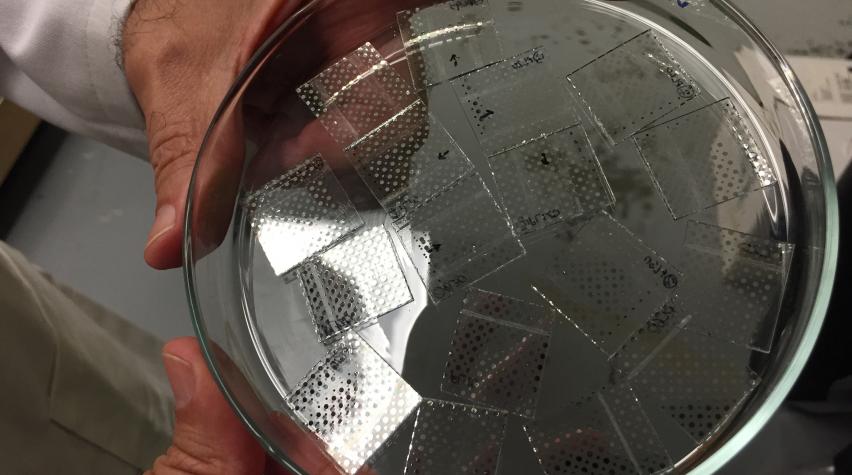
Using a hybrid silica sol-gel material and self-assembled monolayers of a common fatty acid, researchers at Georgia Tech have developed a new capacitor dielectric material that provides an electrical energy storage capacity rivaling certain batteries, with both a high energy density and high power density. The new material holds the potential for devices that surpass traditional electrolytic capacitors for applications in electromagnetic propulsion, electric vehicles, and defibrillators.
The material is composed of a silica sol-gel thin film containing polar groups linked to the silicon atoms and a nanoscale self-assembled monolayer of an octylphosphonic acid, which provides insulating properties. The bilayer structure blocks the injection of electrons into the sol-gel material, providing low leakage current, high breakdown strength and high energy extraction efficiency.
The researchers demonstrated maximum extractable energy densities up to 40 joules per cubic centimeter, an energy extraction efficiency of 72% at a field strength of 830 V per micron, and a power density of 520 W per cubic centimeter. The performance exceeds that of conventional electrolytic capacitors and thin-film lithium ion batteries, though it doesn’t match the lithium ion battery formats commonly used in electronic devices and vehicles.
For more about this new material, see the full article from Georgia Tech.


